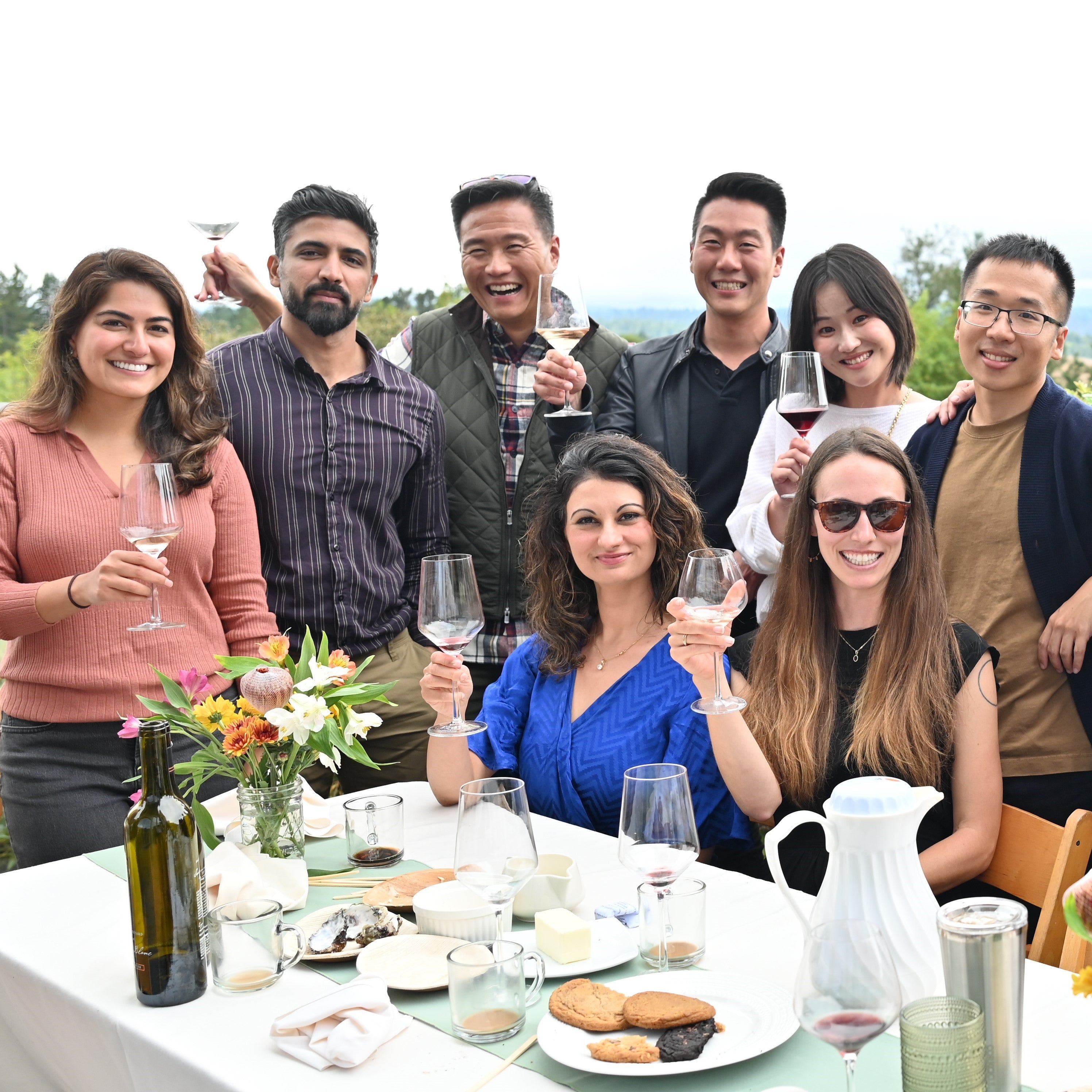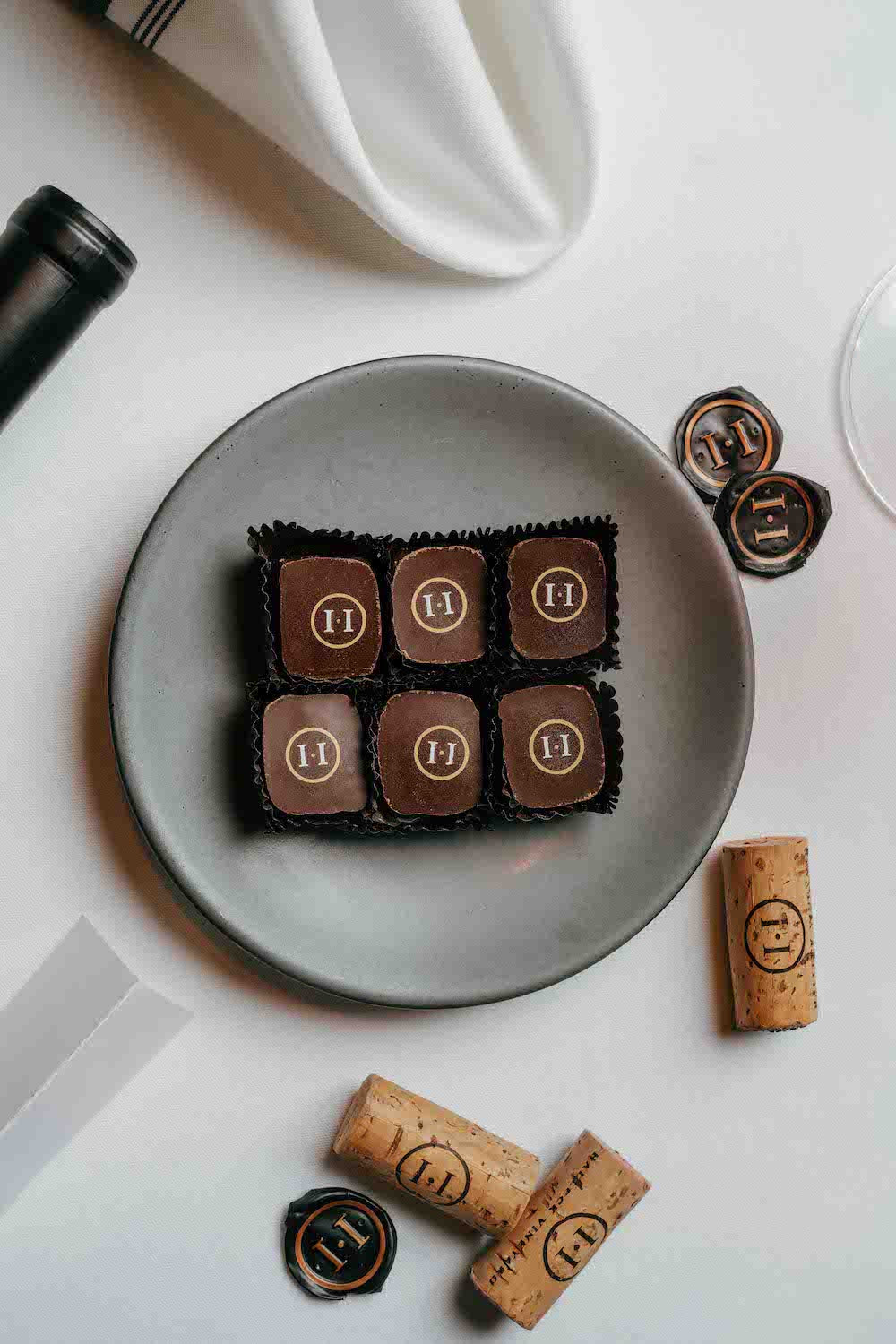Quaint Wineries In Picturesque Settings In Sebastopol - Exploring Sonoma's Wine Landscape
Quaint Wineries In Picturesque Settings In Sebastopol - Exploring Sonoma's Wine Landscape
Blog Article
Romantic Winery Destinations In Sebastopol - Vineyard Visits And Wine Tasting In Sonoma
Wine tasting is an art that requires practice and an understanding of assorted elements concerned within the process. One crucial element of wine tasting is the event and interpretation of tasting notes, which serve as a guide for each novices and seasoned connoisseurs. A Guide To Understanding Winery Wine Tasting Notes can enhance your wine-tasting experience, making it extra significant and enjoyable.

Tasting notes are concise descriptions that seize the essence of a wine’s flavors, aromas, and general character. Normally composed by professional tasters, winery tasting notes offer insights into the nuances of varied wines. They may help wine enthusiasts perceive what to expect from a specific bottle. Nonetheless, tasting notes can vary extensively in style and element primarily based on the writer's experience and palate.
Wineries With Unique Gamay Wines - Vineyard Visits And Wine Tasting In Sonoma
When you first strategy a glass of wine, your senses will start to have interaction right away. The sight, scent, and taste of the wine will converge to provide you an entire experience. Tasting notes generally start with the visual evaluation, where the color of the wine is taken into account. Colour plays a big role in indicating the wine’s age, grape selection, and even its flavor profile.
After assessing the visual facet, the next step includes swirling the wine in the glass. This motion aerates the wine, permitting its aromas to awaken. Smelling the wine offers important insight into its complexity. The preliminary sniff can deliver a flood of scents which will include fruity, floral, herbal, or earthy notes. This is commonly probably the most subjective a part of tasting, as individual experiences can dramatically differ.
In winery tasting notes, descriptors are sometimes categorized into major, secondary, and tertiary aromas. Primary aromas normally stem from the grape variety, secondary aromas derive from fermentation processes, and tertiary aromas come up from getting older. Understanding these categories might help you appreciate the depth of a wine, they usually additionally provide the vocabulary to express your experience higher.
Wineries With Educational Tours In Sonoma - The Beauty Of Sebastopol Wineries
Following the olfactory encounter, your focus will shift to the style of the wine. This is where the primary characteristics—sweetness, acidity, tannins, alcohol—come into play. Tasting notes usually element these flavors in a number of dimensions, together with the initial attack in your palate to the lingering end in your tongue. A high-quality wine will present a harmonious steadiness between these elements.
Whereas tasting, it's essential to ponder the body of the wine, which can be described as light, medium, or full. The physique contributes significantly to your total impression, helping you consider how the wine pairs with food or whether or not it stands alone as a sipping wine. Balancing the body with the opposite characteristics provides you with a fuller understanding of what the wine has to offer.
The end of the wine, also known as the aftertaste, is another important facet usually included in tasting notes. A long, nice finish normally indicates a higher quality wine, whereas a short or cloying aftertaste could recommend in any other case. Evaluating the finish can provide further perception into the wine's complexity and distinction.
Understanding the context of winery tasting notes can be priceless. read the full info here Tasting notes can provide contextual details about the winery's location, climate, and grape-growing practices. This context provides another layer of appreciation for the wine, permitting enthusiasts to connect the sensory experience with its origins, thus enhancing the enjoyment further.
Wineries With Outdoor Seating - Sonoma Wine Culture
Many wineries provide tasting notes on their websites or labels, often written in an approachable but informative style. Nonetheless, not all winery tasting notes are created equal. Some could additionally be overly technical, while others would possibly prioritize advertising flair over insightful evaluation. Learning to navigate these notes can arm you with the knowledge to make knowledgeable decisions when selecting wines.
Participating in tastings at wineries can even deepen your understanding of wine tasting notes. Interacting with knowledgeable staff can provide you a more hands-on approach to exploring completely different wines and the language used to describe them. Wineries Offering Elegant Wine Tastings. You Will have the opportunity to ask questions, have interaction in discussions, and doubtlessly refine your palate in real time.
Experimentation is essential for mastering wine tasting notes. As you pattern totally different wines, try making your individual notes. Focus on describing the wine’s colour, aroma, taste, and end. Over time, you’ll develop a private vocabulary that resonates with your sensory experiences. Every note you create will assist refine your palate, allowing you to understand wines at a deeper degree.
Wineries Known For Handcrafted Wines - Sebastopol Area Wine Tasting
In conclusion, a Guide To Understanding Winery Wine Tasting Notes presents a complete framework for diving into the world of wines. It equips you with the methods and language essential to articulate your experiences. Whether Or Not you're a informal drinker or a dedicated aficionado, understanding and utilizing tasting notes can profoundly impact your wine journey. This knowledge not only enhances your enjoyment but also connects you deeply with the wealthy narratives every bottle tells. By embracing this journey, you turn into a part of the gorgeous mosaic of wine culture, where every sip unveils a model new story ready to be found.
- Wine tasting notes sometimes encompass quite a lot of sensory descriptions, together with aroma, flavor, acidity, physique, and end, allowing tasters to fully appreciate the wine's traits.
- To improve your understanding, familiarize yourself with common wine terminology corresponding to "tannins," "oakiness," or "terroir," which may help decipher the notes extra effectively.
- A systematic strategy to tasting includes first visually assessing the wine's color and clarity, followed by swirling to release aromas, then inhaling and describing what you experience.
- Taking notes during tasting can help establish patterns over time, bettering your palate and making it simpler to recall preferences for future alternatives.
- Do Not overlook the affect of food pairings; tasting notes can differ significantly when a wine is enjoyed with complementary flavors, altering notion and pleasure.
- Pay attention to the wine’s vintage, as climatic conditions in a given 12 months can considerably affect the final product, including another layer to the tasting notes.
- Contemplate the winemaker's style and philosophy, which may shape the wine's profile and impression how its notes evolve with every sip.
- Practicing with different grape varieties can broaden your vocabulary; every sort brings distinctive traits that can improve your ability to articulate tasting notes successfully.
- Partaking with wine professionals or attending tasting events can provide useful insights, offering a richer context for understanding personal tasting notes.
- Bear In Mind that tasting is subjective; great site individual preferences and experiences will form one’s interpretation of the same wine, enriching the general enjoyment of wine exploration.
What are wine tasting notes?
Wine tasting notes are descriptive feedback made by tasters about the appearance, aroma, style, and finish of a wine. They provide an outline of the wine's characteristics and might help customers understand the style and quality of the wine.
Wineries Known For Their Hospitality - Wineries With Outdoor Tastings In Sebastopol
Why are tasting notes important when deciding on wine?
Tasting notes can guide you in selecting a wine that suits your palate. They present insights into flavors and aromas, helping you to match wines with food or occasions. Understanding these notes enhances your overall wine experience.
How ought to I read wine tasting notes?
(Wineries Producing Pinot Noir And Chardonnay)
Rustic Family-Owned Wineries In Sebastopol - Luxury Wine Tasting In Sonoma County

When reading wine tasting notes, take note of the construction: look for descriptions of colour, aroma, flavor, and end. This will assist you to grasp the wine's profile and decide if it aligns with your preferences.
What terms generally appear in wine tasting notes?
Widespread phrases include "tannin" (the structure), "acidity" (the crispness), "body" (the weight), and varied flavor descriptors like "fruity," "earthy," or "spicy." Familiarizing yourself with these terms can deepen your understanding of wine.
Interactive Wine Tasting Experiences In Sonoma - Sebastopol Wine Country Vineyards Adventure
Can I create my own tasting notes?
Yes! Writing your own tasting notes can enhance your wine tasting experience. Focus on your observations of style, aroma, and different sensory traits. This personal practice might help you refine your palate over time.
How do I determine the aromas in wine tasting notes?
Best Wineries For Sunset Views In Sebastopol - Explore Sebastopol Area Vineyards
To determine aromas, practice smelling a wide range of scents and associating them with wines. Swirl the wine in your glass to release its aromas, then take a moment to breathe in deeply before identifying any outstanding scents.

What is the distinction between professional and personal wine tasting notes?
Professional tasting notes might use extra technical language and specific terminology, while personal tasting notes are subjective and replicate individual experiences. Each are priceless for understanding and enjoying wine, however personal notes could resonate more together with your distinctive tastes.
How can tasting notes enhance my wine appreciation?
Quaint Wineries In Picturesque Settings In Sebastopol - Sonoma Wine Culture
Tasting notes can improve your appreciation by serving to you to grasp and articulate the complexities of wine. They encourage conscious tasting and supply a framework for comparing completely different wines, resulting in a richer enjoyment of the beverage.
Are there any apps or instruments to assist with wine tasting notes?
Sure, there are a quantity of apps designed to help users record and organize their tasting notes. These tools often provide options like flavor wheel guides and wine database searches, making it simpler to trace your journey via totally different wines. Report this page